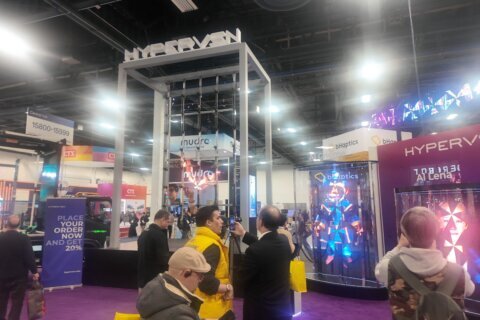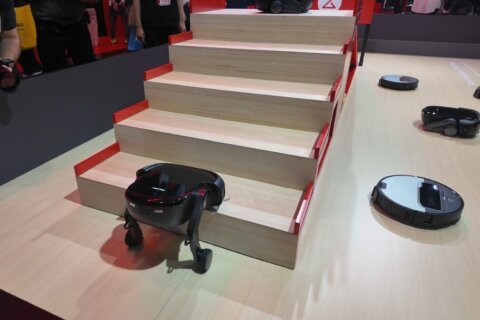Q: What should I look for when buying a new surge protector for a large number of devices?
A: Protecting your devices from electrical surges is just one important factor in choosing a power strip, especially if you’ve slowly accumulated numerous devices on your desk.
The varying styles of power plugs, especially what we call “wall warts” — larger units that can cover adjacent sockets — are a major consideration.
Traditional power strips line sockets in rows causing the “adjacency’ issue,” but newer designs can provide elegant solutions.
Inventory your devices
I’d start by assessing the number of devices and the type of plug associated with each device. If you have devices such as a smartphone that have a plug with a detachable USB cable, you can free up a power socket by getting a power strip that includes USB ports.
If you have a large number of wall warts, you’ll want to look at power strips with wider spacing between sockets or other designs that account for them.
Having an extra socket or two is also a good idea so you don’t run into a capacity issue down the road.
Power strip vs. surge protector
Inexpensive power strips that lack any real surge protection should be avoided as an AC power surge can damage your equipment.
Understanding joule ratings
The primary specification that you’ll want to look for is the joule rating, which is an indication of its absorption capabilities.
A common misnomer about this rating is that a higher rating simply means it can take a larger surge, but it’s also an indication of how much energy it can absorb before it fails.
Each surge diminishes the absorption capability based on the size of the surge. Think of it as a sponge that can only absorb so much water before it becomes saturated and needs to be replaced.
Consumer-grade surge protectors have a finite number of surges they can absorb before they degrade or fail altogether, so a higher joule rating generally means it will be effective for a longer period of time.
I typically look for something with a joule rating of 2,000 or higher, especially if you live in an area that experiences frequent electrical storms.
This means it can absorb up to 2,000 joules of total energy before it becomes ineffective.
Look for a surge protector that includes an indicator light showing that it’s actively protecting your devices. When this light goes out, it tells you that it’s absorbed as much energy as it can and needs to be replaced.
Anyone with an older surge protector that doesn’t have an indicator light should check to see if it’s running hot. This can be an indicator that it’s absorbed as much energy as it can and needs to be replaced.
Clamping voltage
This specification is an indicator of when the protection circuit is activated, so the lower the voltage the better the protection. I’d stay away from anything that lists its clamping level over 400 volts for sensitive electronics, such as computers, monitors, printers, scanners, televisions, video game systems and sound and home theater equipment.
Ken Colburn is founder and CEO of Data Doctors Computer Services. Ask any tech question on Facebook or X.
Get breaking news and daily headlines delivered to your email inbox by signing up here.
© 2024 WTOP. All Rights Reserved. This website is not intended for users located within the European Economic Area.







